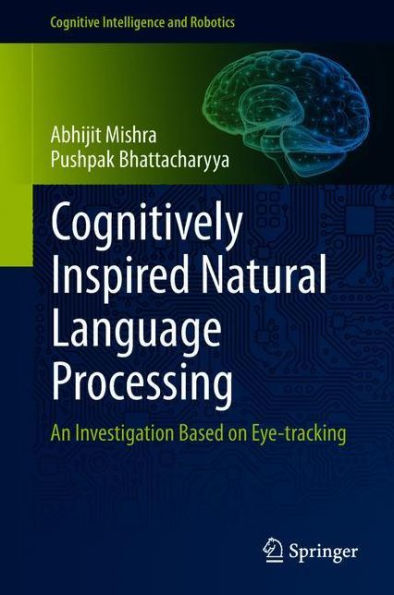5
1
9789811315152



Cognitively Inspired Natural Language Processing: An Investigation Based on Eye-tracking available in Hardcover, eBook

Cognitively Inspired Natural Language Processing: An Investigation Based on Eye-tracking
- ISBN-10:
- 9811315159
- ISBN-13:
- 9789811315152
- Pub. Date:
- 08/02/2018
- Publisher:
- Springer Nature Singapore
- ISBN-10:
- 9811315159
- ISBN-13:
- 9789811315152
- Pub. Date:
- 08/02/2018
- Publisher:
- Springer Nature Singapore

Cognitively Inspired Natural Language Processing: An Investigation Based on Eye-tracking
$109.99
109.99
In Stock

Product Details
| ISBN-13: | 9789811315152 |
|---|---|
| Publisher: | Springer Nature Singapore |
| Publication date: | 08/02/2018 |
| Series: | Cognitive Intelligence and Robotics |
| Edition description: | 1st ed. 2018 |
| Pages: | 174 |
| Product dimensions: | 6.10(w) x 9.25(h) x (d) |
About the Author
From the B&N Reads Blog
